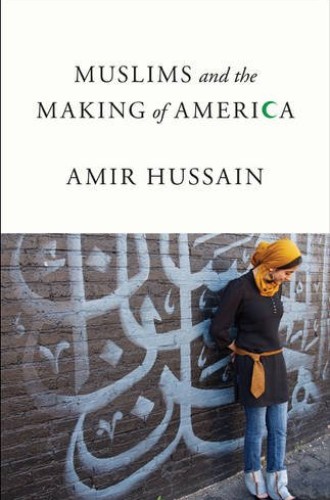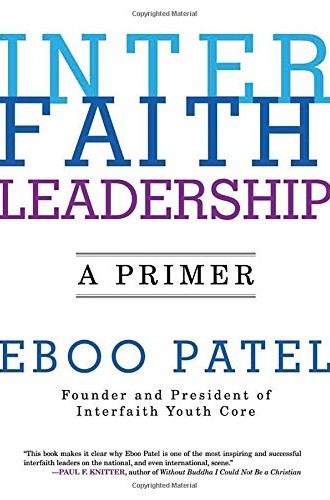Voices of American Muslims
Both Amir Hussain and Eboo Patel model interfaith bridge-building in their writing.
Amir Hussain, who teaches world religions at Loyola Marymount University, celebrates the significance of Muslims in American history and culture in his brief but compelling book. He aims “to show that the fabric of America is woven, in part, with Muslim thread.” And he does so admirably. Most of the Muslims profiled in the book are famous figures in music, sports, or art—Ice Cube and Busta Rhymes, Muhammed Ali and Kareem Abdul-Jabbar, comedian Dave Chappelle and Representative Keith Ellison. But the author emphasizes that these figures stand in for “many, many others,” from the earliest Muslim slaves brought from West Africa to those Americans in our neighborhoods who vote, play sports, and share meals.
Hussain doesn’t focus on theology or exposition of Muslim faith, aside from a few pages on the role of Mary and Jesus in the Qur’an. While he contrasts the Nation of Islam with “Sunni orthodoxy,” he doesn’t delve deeply into the details of the vast differences between the two faith traditions. Perhaps he presupposes that his readers are familiar with the basic precepts of Islam and can decide for themselves what is orthodox. Or perhaps he is simply more interested in casting the net widely, celebrating the cultural contributions Muslims have made to American society apart from nuances of faith.
I had the sense as I read this book that Hussain is preaching to the choir. The people who most need to be convinced that “Muslims, too, are America” are not likely to pick up the book and read it. Still, preaching to a choir isn’t without its usefulness. I finished this book with a clearer sense of how Muslims have been interwoven into the American story from the start, and with gratitude that I had read it.






